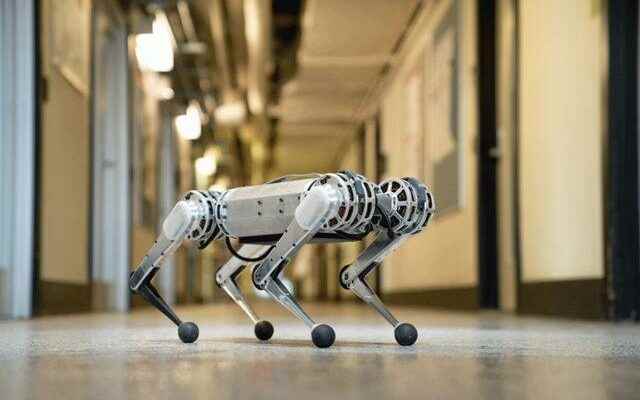A future in which robots are more numerous is now very close. Spot, used as the shepherd dog of Boston Dynamics, the robot Sophia who wants to have a baby, and robots carrying parcels, now we come across the “robot cheetah” born at the Massachusetts Institute of Technology (MIT) in the USA. This four-legged robot cheetah will definitely surprise you.
ROBOT cheetah “almost indestructible”
According to the news of the Daily Mail newspaper; Developed by engineers at MIT (Massachusetts Institute of Technology), the robot cheetah is said to be designed to be “virtually indestructible.” Running at a speed of approximately 14.5 km per hour, the robot can quickly and easily cross difficult terrains such as ice and gravel.
Researchers claim that thanks to modern technology, mini cheetah robots can accumulate 100 days of experience on different floors in just three hours.
It’s been almost 25 years since the first robotic animals were developed, and since then scientists around the world have uncovered examples of robots that walk, dance, and open doors. The most famous of these was Boston Dynamics’ mini robot dog Spot.
But as the MIT researchers explain, if the subject is a running robot, programming it for dangerous terrain can be quite difficult.
“We’ve developed an approach that makes the robot’s behavior better than simulated experience, and our critical approach also enables these learned behaviors to be successfully disseminated in the real world. Some of all the environments he sees in this simulator will teach robot skills that are useful in the real world,” said lead researcher Gabriel Margolis. said.
When asked why it is more difficult for a robot to run than to walk, Margolis said, “To run fast, you have to push the limits of the hardware. The robot must respond quickly to changes in the environment, such as encountering ice while running on grass.”
FASTEST RUNNING RECORD
According to the researchers, the robot broke the record for the fastest run ever recorded for a given platform. The previous high speed record was broken in 2019 by the Biomimetic Robotics Laboratory at MIT, when scientists reached a running speed of 8.2mph (3.7m/s).
